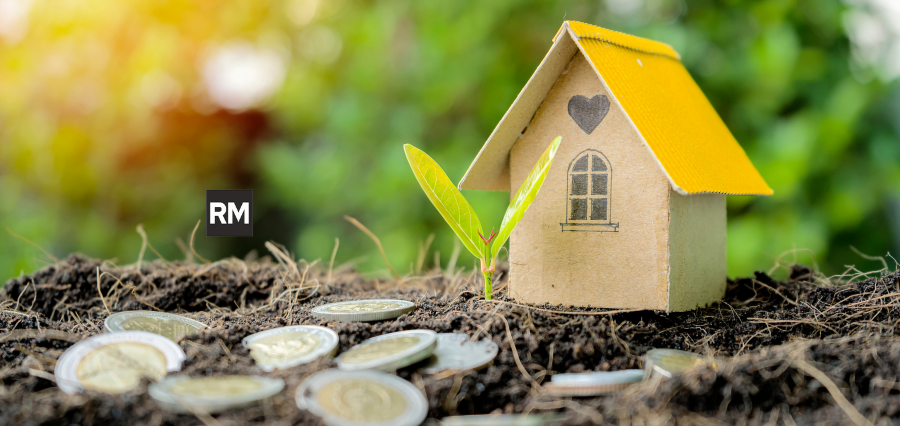What is Real Estate Farming?
Simply put, real estate farming is building a rapport within a geographic area or demographic niche with a goal of becoming the most known real estate expert in the niche after a space of time. Just like farmers plant seed and cultivate farm, agents invest time, advertising, and contact to harvest listings and referrals in the future.
This technique works because it creates familiarity and consistency—two concepts which build credibility. Subdivison home owners who have been farmed of a subdivison merely just happen to fit into the cross hairs for being farmed will welcome the familiar broker with open arms to their mail box, community bulletin boards, and neighborhood Facebook pages.
Why Real Estate Farming Still Works in a Digital World
You can also ask, “With the internet, social media, and CRM’s, is ‘farm-ing real estate’ out of business?” Not on your life. Instead, there’s a new generation of new farm-ing strategies mixed with some old strategies.
Door hangtags, postcards, and newsletters are top of mind for those outside in the world, and Google My Business listings and Facebook local ads are top of mind for those online. Multi-touch point exposure reminds you top of mind when the homeowner starts thinking about purchasing or selling.
Second, “farm real estate” is an appeal to the human touch need. Folks desire to do business with those they come to know, and farming enables you to be there—electronically and personally—ahead of their daily schedule.
Where to locate the ideal spot for the farm
Getting real estate farming done successfully starts with the ideal location. Avoid the most expensive zip code—choose one where there will be room for marketplace and growth. Here’s how:
- Turnover Rate: Identify a neighborhood with high yearly listings (6–8% or more turnover).
- Competition: Avoid a neighborhood where one agent holds more than 25–30% of the market.
- Personal Touch: Having sold a neighborhood in which you live, were born and raised, or have a personal connection gives you a league unto yourself.
Also study current sales trends, population growth, and median home prices. The more you know about the area, the better your campaign will be.
Brand Building in Real Estate Farming
The secret to real estate farming is creating your brand. You’re not selling listings—you’re selling yourself. Brand yourself as the go-to person, neighborhood expert, and local authority.
Start with a consistent visual brand—logos, headshot, color scheme, and tone. Use this brand on:
- Direct mail campaigns
- Targeted landing pages
- Social media posts
- Branded email newsletters
- Sponsoring your community
Creating valuable and informative content. Local business promotion, home advice, or business news lets people know you care and are plugged in, rather than commission-broking.
Real Estate Farming Effective Marketing Tactics
When you’re flying solo, you’re going to have to be multi-touch. You can’t create the trust that brings listings down by one means alone. These are high-production strategies:
1. Real Estate Farming Direct Mail Marketing
Send postcards routinely—at least monthly. Talk about real estate market trends, sales activity, and homeowner advice. Simple design with excellent calls to action. Handwritten letters or holiday cards do a lot to make your business friendly.
2. Your Farm Zip Code Ads
Target your target zip code using Google Display Network and social media advertising. Create community-based content, i.e., reminders of what is happening locally or news updates. Boots-on-the-ground are supported online.
3. Open Houses and Local Events
Listing and hosting local events such as coffee meetups or workshops but not listings creates visibility and credibility. Sponsor and network local events.
4. Door to Door, Local Outreach
Even low-tech, flesh hugs create rapport uncopyable, adding value. Market stats in the market, home prices for free, or neighborhood gossip in the ‘hood.
5. Newsletters and Campaigns by Email
Geographically split your list and regionalize content to it. Offer success stories, neighborhood history, even personal histories making yourself credible and believable.
Measurement is everything with all mailings. With real estate farming, master these key measures:
- Leads per campaign
- Number of listings in your farm
- Brand recall or recognition (surveys, social feedback)
- Social media engagement from the farmed area
Use tools like CRM systems, landing page analytics, and campaign tracking links to monitor your efforts. Over time, you’ll see patterns and learn which methods yield the best return.
The Patience Payoff in Real Estate Farming
Success in real estate farming doesn’t happen overnight. You’re building familiarity, credibility, and a local reputation. It takes consistency over 6–12 months before momentum builds. But once it does, referrals flow naturally, listings come more easily, and your reputation speaks for itself.
Farming accounts for most of the six- or seven-figure incomes of most successful agents. It’s a matter of long lasting—but of long lasting returns.
Final Thoughts: Begin Farming Like a Pro
If standing out in your local market is important to you, real estate farming should be at or near the top of your marketing plan. It’s not about making a fast score—it’s about building a brand that’s built on trust, connection, and community.







